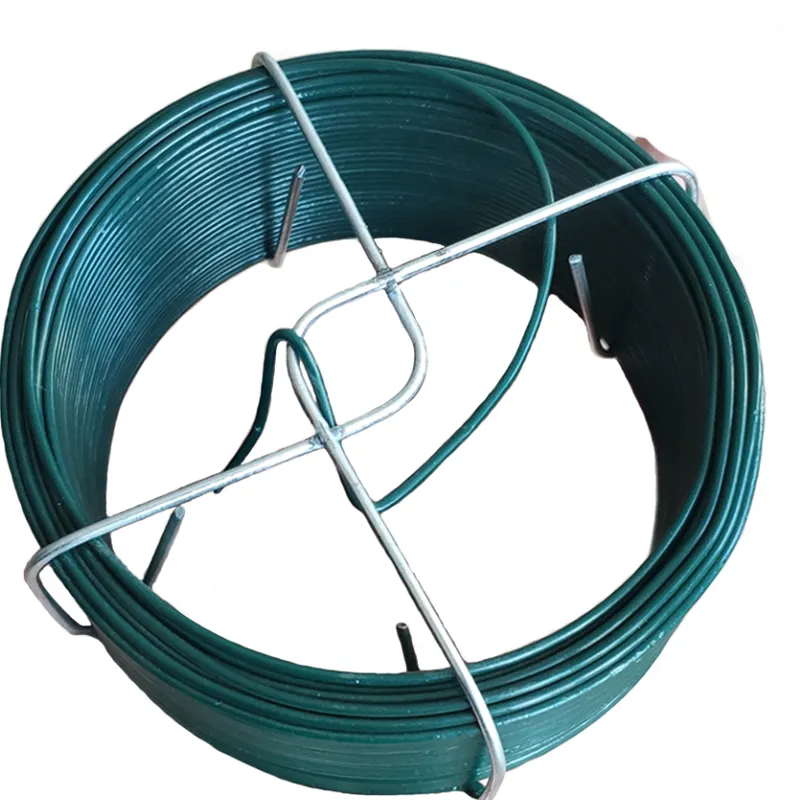-
 Phone:
Phone: -
 Email:
Email:

Different Varieties of Barbed Wire and Their Unique Applications in Various Industries
Understanding the Types of Barbed Wire
Barbed wire, a simple yet effective fencing material, has played a crucial role in agriculture, military, and security applications since its invention in the late 19th century. Its primary function is to detain livestock and protect property by discouraging intruders. Over the years, various types of barbed wire have emerged to serve different needs. Understanding the types of barbed wire can help individuals and organizations make informed decisions about their specific fencing requirements.
Traditional Barbed Wire
The most common type of barbed wire consists of two strands of wire twisted together, with sharp barbs spaced at regular intervals. This design effectively prevents animals from pushing through, making it widely used in farms and ranches. Traditional barbed wire is typically made of galvanized steel, providing resistance to rust and corrosion and ensuring durability.
High-Tensile Barbed Wire
High-tensile barbed wire is a stronger and more flexible option compared to traditional varieties. Made from steel with a higher tensile strength, this type of barbed wire can withstand greater tension without breaking. This feature makes it an ideal choice for long stretches of fencing, as it requires fewer posts and supports overall structural integrity. Additionally, high-tensile barbed wire is less prone to sagging over time, ensuring long-term stability for properties.
Electric Barbed Wire
types of barbed wire

Electric barbed wire combines the deterrent effect of traditional barbed wire with the added security of an electric current. It typically consists of standard barbed wire that is integrated with an electric system, delivering a non-lethal shock to any intruder that comes into contact with it. Electric barbed wire is often used in high-security environments, such as military bases, prisons, and sensitive facilities, where the risks of intrusion are significant. This type not only prevents unauthorized access but also deters animals from breaching property lines.
Razor Wire
Razor wire, often confused with barbed wire, features sharp, curved blades that are attached to a wire strand. This type of fencing is primarily used in high-security applications where maximum deterrence is necessary. It is commonly found in correctional facilities, military bases, and private security compounds. Razor wire is more effective than standard barbed wire in terms of security, as the sharp blades pose a formidable hazard to anyone attempting to climb over it. Due to its intimidating design, razor wire serves as both a physical and psychological barrier.
Concertina Wire
Concertina wire is a coiled version of razor wire that has a spiral design, allowing it to expand and cover a larger area. It is often used in military applications and high-security areas. Concertina wire can be deployed rapidly, creating an effective barrier to intruders. Its design is also advantageous for adaptability, as it can be laid out in various configurations based on the specific needs of the site.
Conclusion
Barbed wire serves a vital role in securing properties and livestock while preventing unauthorized access. Understanding the different types of barbed wire allows property owners to select the most suitable option for their needs. Whether it is traditional barbed wire for agricultural use or high-security solutions like razor wire and electric barbed wire, each type has its unique features and applications. As needs evolve and security threats increase, the evolution of barbed wire continues, offering innovative solutions to meet modern challenges.
-
Uncompromised Slope Safety with Advanced Rockfall Protection NettingNewsJun.09,2025
-
The Smart Choice of Chain Link FenceNewsJun.09,2025
-
Securing the Future with Time-Tested Barbed Wire ProtectionNewsJun.09,2025
-
Reliable and All-Season Fencing with Premium Hexagonal Wire MeshNewsJun.09,2025
-
High-Performance Binding Solutions with Premium Loop Tie WireNewsJun.09,2025
-
Durable, Flexible, and High-Performance Baling Wire for SaleNewsJun.09,2025
-
Unveiling the Versatility of Hexagonal Wire MeshNewsMay.21,2025








